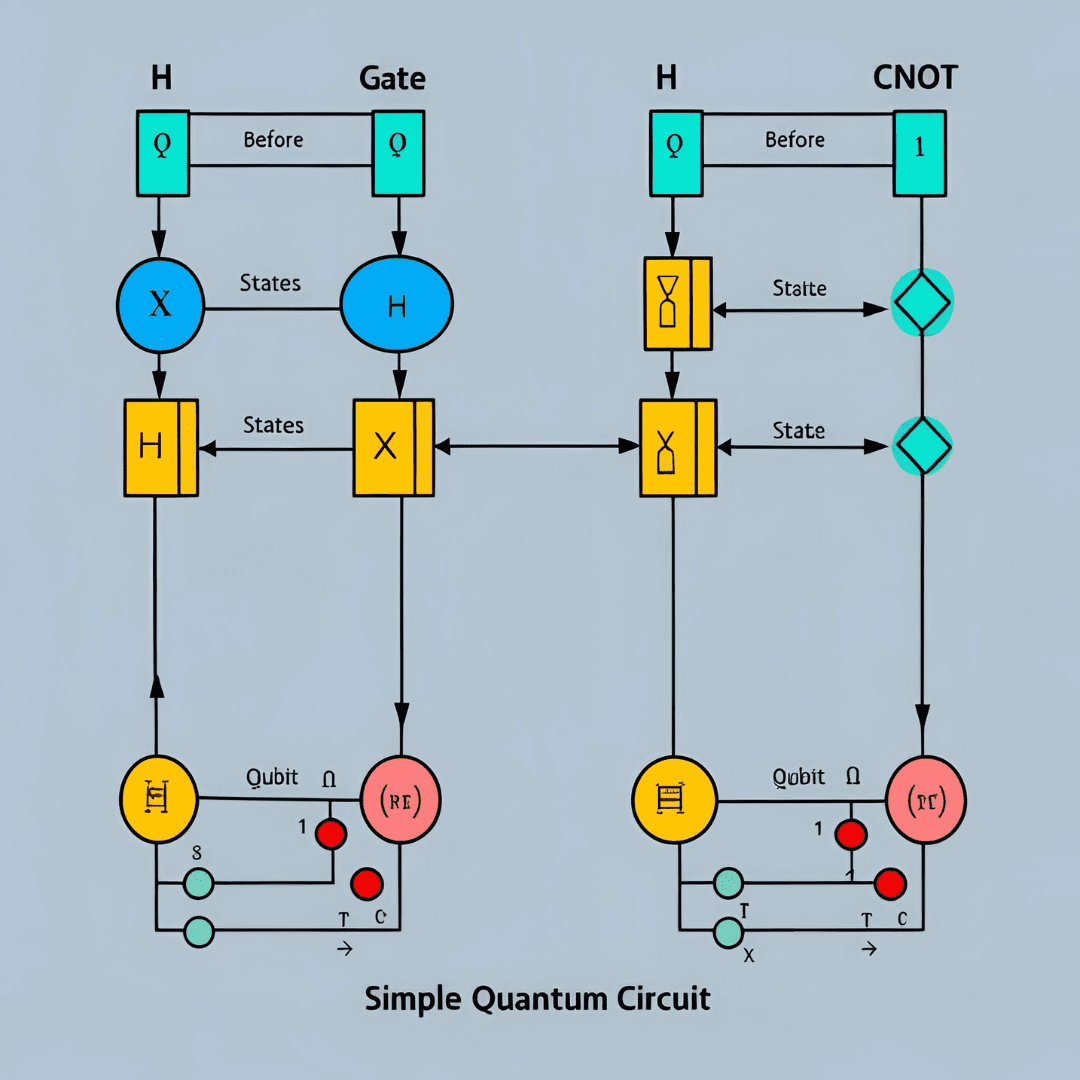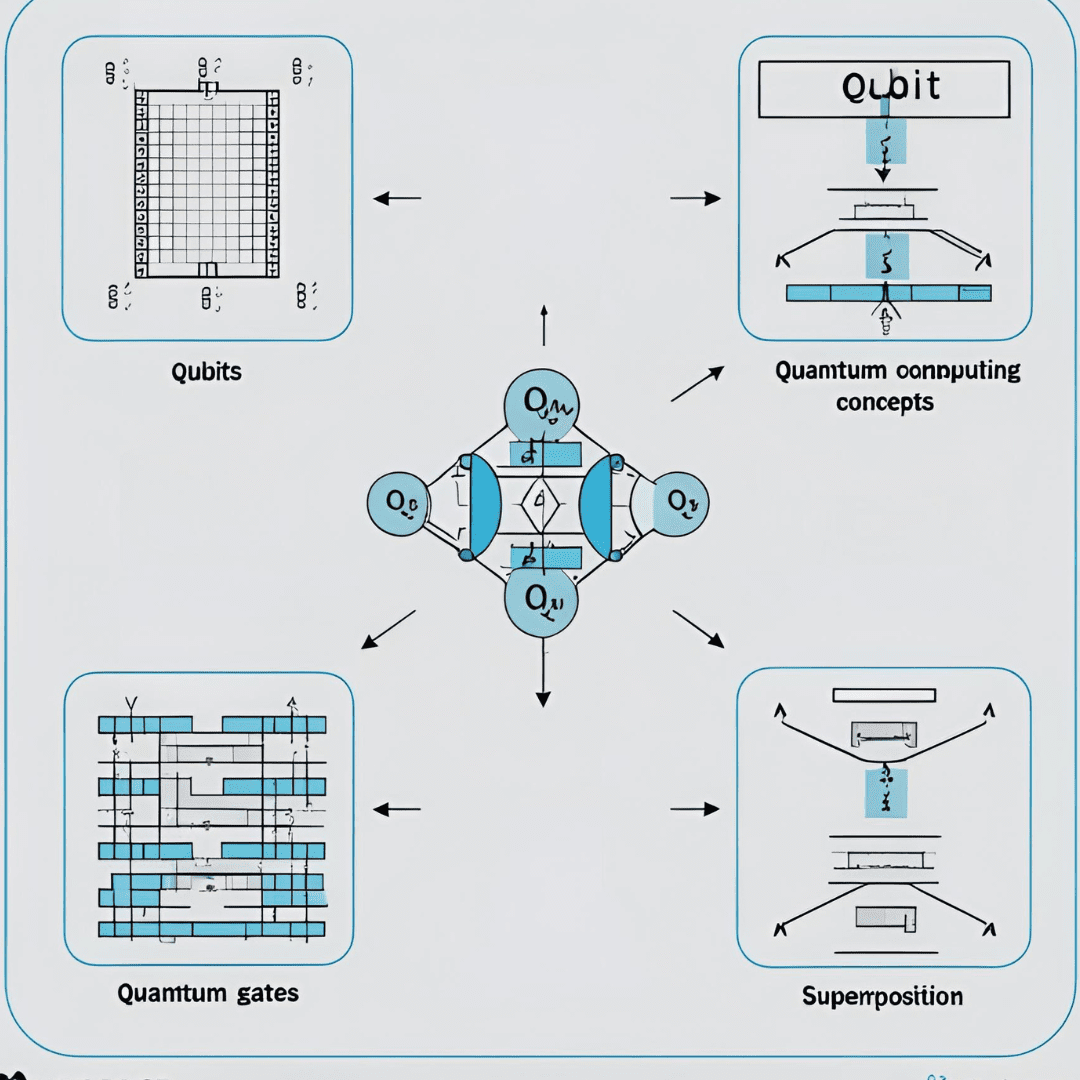The mind plays a decisive role in achieving personal and professional goals. Even before any practical action, it’s your thoughts that pave the way. And one of the most effective tools in this process is visualization. By clearly imagining where you want to go, your brain starts working in favor of the goal — as if it’s already experiencing the desired outcome.
This practice, embraced by Olympic athletes, successful entrepreneurs, and high-performance professionals, combines neuroscience, positive psychology, and intentional focus. The power of a positive mind, when well-directed, transforms limiting beliefs into motivational fuel.
What Is Creative Visualization?
Creative visualization is the technique of creating vivid mental images of a desired future. It’s different from daydreaming — it involves intention, focus, and emotion. It’s not just about “thinking positively,” but training the brain to believe the goal is already underway, activating neural circuits responsible for planning, motivation, and decision-making.
Studies in neuroplasticity show that the brain doesn’t fully distinguish between a real and an imagined experience with sensory detail. In other words, visualizing a victory, a promotion, or a new lifestyle activates the same brain areas as if the event were actually happening.
Why Visualization Works
When you regularly visualize a goal, you:
- Increase motivation
- Reduce self-sabotage
- Strengthen mental clarity
- Reprogram internal beliefs
- Trigger positive emotions linked to achievement
Additionally, your reticular activating system (RAS) — the part of the brain responsible for filtering stimuli — begins to notice opportunities related to what you’re visualizing. This means you’ll start to “see” possibilities that once went unnoticed.
Practical Visualization Techniques to Reach Your Goals
There are several ways to apply visualization in your daily life. The key is to keep the practice consistent, emotionally connected, and intentional.
1. Morning Visualization
Upon waking, take 5 to 10 minutes to imagine your ideal day or a key step toward a larger goal. Close your eyes, breathe deeply, and mentally create scenes with as much detail as possible:
- What are you doing?
- Who are you with?
- How do you feel?
- What results have you achieved?
This habit aligns your energy for the day and helps your mind act with greater focus.
2. Vision Board
Create a board with images, quotes, symbols, and words that represent your goals. Place it in a visible spot like your bedroom or office. Each time you look at it, emotionally connect with what you’re aiming for.
This visual tool reinforces your intention daily and helps your subconscious stay focused.
3. Five Senses Technique
Visualize your goals using all five senses: sight, hearing, touch, taste, and smell. For example, if you want to travel, imagine the smell of the sea, the taste of local food, the feel of sand, the sounds around you, and everything you see. The more realistic, the more effective the visualization.
4. Mental Script
Write a narrative as if your goal is already happening. For example: “I wake up in my new apartment, sip coffee on the balcony, get dressed for my dream job…” Read this script aloud every day with emotion. Repetition strengthens the desired mental pattern.
5. Reverse Visualization Technique
Instead of imagining the journey’s beginning, visualize the end — you’ve already achieved your goal. Now, mentally walk backward through the steps that led to it. This helps clarify your action plan and what needs to be done today.
Emotion: The Fuel of Visualization
For visualization to truly work, you must feel it. Emotions shape memory and strongly activate the brain. It’s not enough to just see what you want — you must feel the joy, pride, and gratitude as if it were already real.
As you repeat this process, the mind starts to treat that “future” as familiar. The result? More confidence, bold action, and less self-sabotage.
How to Overcome Self-Criticism During Visualization
In the beginning, it’s normal to experience thoughts like “this is impossible,” “I don’t deserve this,” or “this won’t work.” These blocks come from limiting beliefs that can be reprogrammed with consistency.
Here’s a tip: whenever a sabotaging thought appears, replace it with a positive affirmation aligned with your goal. For example, instead of “this is too hard,” say, “I’m learning to achieve my goals with ease.”
With time, visualization becomes more natural and powerful.
Turning Mental Energy into Real Results
Visualization doesn’t replace action — it fuels behaviors aligned with your dreams. When you imagine yourself succeeding, your brain sends signals that lead you to act like someone who is capable of success.
This alignment between mindset and action creates:
- Direction and clarity
- Focus and discipline
- Resilience during challenges
- Less procrastination
- Higher performance in key tasks
Whether in your career, finances, relationships, or personal growth, intentional visualization accelerates results and strengthens self-belief.














